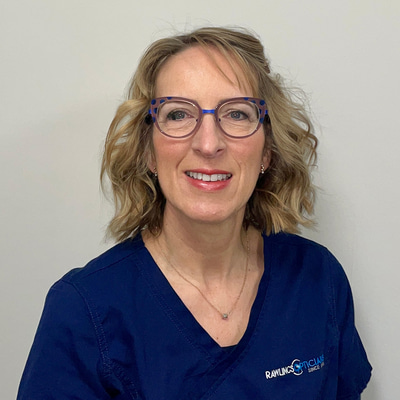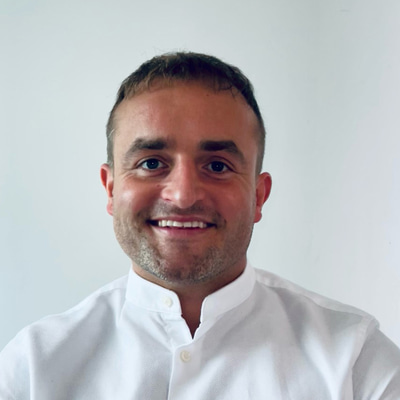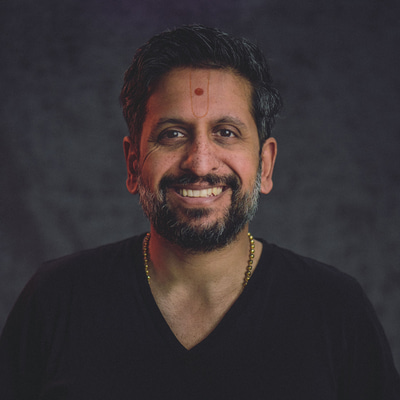- OT
- Life in practice
- Business management
- Mastering myopia management communication
Myopia guide
Mastering myopia management communication
From tailored conversations to avoiding jargon, eye care professionals share their tips for effective conversations

09 June 2023
It is a scenario familiar to every optometrist. You have a child in the chair who is hyperopic – but not as hyperopic as they should be.
Perhaps a myopic parent in their 30s asks about some research they have seen online – could this help their short-sighted child see more clearly in adulthood, avoiding the same blur the parent faces each morning before locating their spectacles?
In each of these situations, what is the conversation that follows? Communicating with young patients and family members is crucial for building awareness of the benefits of myopia management.
Since the publication of updated myopia management guidelines by the College of Optometrists in 2022, there is an expectation for optometrists to discuss myopia management with patients – explaining the benefits, the evidence and the risks.
For a clearer understanding of how to approach these important conversations, OT approached optometrists for their myopia management communication tips.
Starting early

She shared the importance of maintaining a record of conversations – and not scaring the patient or parents. “I would talk about it at the end of the consultation. If there is an increase or first emergence in myopia this is an easy opening,” she said.
When talking with children about myopia management, Smith makes an effort to frame her conversations in a positive way. She will praise how good their corrected acuity is, even if the myopia is progressing.
“We don’t want them to feel like they are ‘failing’ if their prescription does increase,” Smith said.
She is aware that the costs involved in myopia management will make it unobtainable for some families. “Do not pressurise or scaremonger,” she advised.
“In the situation where there is no financial availability, reassurance as well as tips about managing screentime and outdoor time may be needed,” Smith shared.
For Central Vision Opticians optometrist, Bhavin Shah, the two-way nature of a conversation with a young patient about myopia management is key.
“Be relaxed and confident and ask questions to understand a child's fears and concerns,” he said.
As well as involving the child in the conversation, Shah recommends finding out what the parents want to know about myopia management in order to tailor the explanation.
Do not pressurise or scaremonger
Shah takes a broad approach to who he discusses myopia management with.
“I'll often talk about myopia management in routine consultations with myopic adults.
They may have children, grandchildren or friends with children who are myopic,” he said.
He also highlighted the “crucial role” of the practice team in discussing myopia management with patients.
“They can often start the conversation or reinforce the conversation started in the consulting room. The team are essential for the practical process such as ordering lenses or fielding questions from potential or existing patients,” he said.
In a nutshell
Optometrists share their communication tips
“Sow the seeds early – informing and educating parents about myopia management from before the child is even myopic. Messages about outdoor time can act as a starting point”Rachael Smith
“In terms of having the conversation, we really worked on our language to make sure that we weren’t scaring patients and the parents. We didn’t want to make them feel guilty about why their children may be myopic or progressing”
Keyur Patel
“It’s important to communicate to people that they are embarking on a treatment programme. They need to understand what their level of commitment is”
Gillian Bruce
“Ensure communication about myopia management is delivered in a way that the parent is ready to receive, not just a sales pitch”
Bhavin Shah
The importance of trust
Optometrist Sarah Farrant, of Earlam and Christopher Optometrists, highlighted the value of building a relationship with the child as well as the parent during the consultation.“You want to build trust in them. They are the ones who are going to have to engage with this management option. Naturally it is important that they feel confident and comfortable,” she said.
While some parents will want a more detailed explanation of the process that causes myopia and how management options work, Farrant cautioned practitioners against overcomplicating the message.
“It depends how far they want to delve. You start superficially and sometimes that is enough for a patient,” she said.
“Most parents want to do the best for their kids. When the parents are myopic already it is easy because they get it – they are thinking ‘Well of course I would like to be less short sighted than I am’,” Farrant shared.
I'll often talk about myopia management in routine consultations with myopic adults
Optometrist Dean Roberts highlighted the importance of practitioners being clear in their messaging around myopia management.
“Explain myopia management slows down progression, rather than curing or stopping myopia. Clarity can help avoid potential queries and complaints if a patient returns and myopia has continued to progress,” he said.

For example, a patient may reconsider myopia management if their prescription continues increasing.
“Being knowledgeable and professional while keeping it simple, using layman’s terms and keeping it relatable is a way to avoid potential communication mistakes,” Roberts advised.
A cohesive service

Patel believes that this is important so patients have confidence in the service being offered from their very first point of contact.
“Anyone who picks up the phone, anyone who has an interaction with someone within the practice, can have a conversation about what we offer,” he said.
“When they reach the limit of their comfort zone they know that they can pass on to someone who has a deeper level of understanding – that is usually the patient wanting to talk to a practitioner,” Patel shared.
For optometrist, Sarah Morgan, measuring a child’s refractive error at the age of six is a key milestone.
If they are less hyperopic than +0.75DS, the practitioner can discuss with the parents and patient that they are likely to become myopic as they grow.
“You have a window of time to talk to both the parent and child before the child becomes myopic, and better still, no prescribing takes place at this time. This allows trust and confidence to build,” she said.
Morgan added that it is important that the parents and patient understand that myopia will continue to develop even while using a myopia management option.
“Make sure the parent and child appreciate that the treatment doesn’t stop the numbers changing, but is designed to keep them as low as possible,” she said.
Dispensing optician, Simone Mason, emphasised the importance of a thorough handover between the optometrist and dispensing optician when myopia management has been discussed during the consultation.
“The dispensing optician can build on the conversation,” she said.
Q&A: Practitioners share how they tackle common queries from patients and parents
When can I stop myopia management?
“A common question is how long do I have to do this for? My usual answer is that if this is for refractive correction anyway, you may not want to stop. In terms of myopia progression, around 95% of patients axial length elongation has finished by age 24 so I tell patients that their eye is likely to have finished growing by the age of 24 or 25”
Sarah Farrant
How long should I wear the spectacles for each day?
“They often ask about what happens if they don’t wear the myopia management spectacles lenses properly – I would advise that the research is based on 12 hours of wear a day, so it would be harder to predict results if the child is not wearing them 12 hours a day”
Simone Mason
Why is someone with myopia more vulnerable to eye problems?
“A balloon is a good metaphor to use – if you keep inflating the balloon, it gets bigger and bigger while the balloon material becomes thinner. You can imagine how much more fragile that balloon is when it is stretched”
Jason Higginbotham
How much does it cost?
“I explain that myopia management is not NHS funded and if you choose to do it you will need to pay for it. Patients have to be offered choice – you can’t make the choice for them”
Sarah Farrant





Comments (0)
You must be logged in to join the discussion. Log in